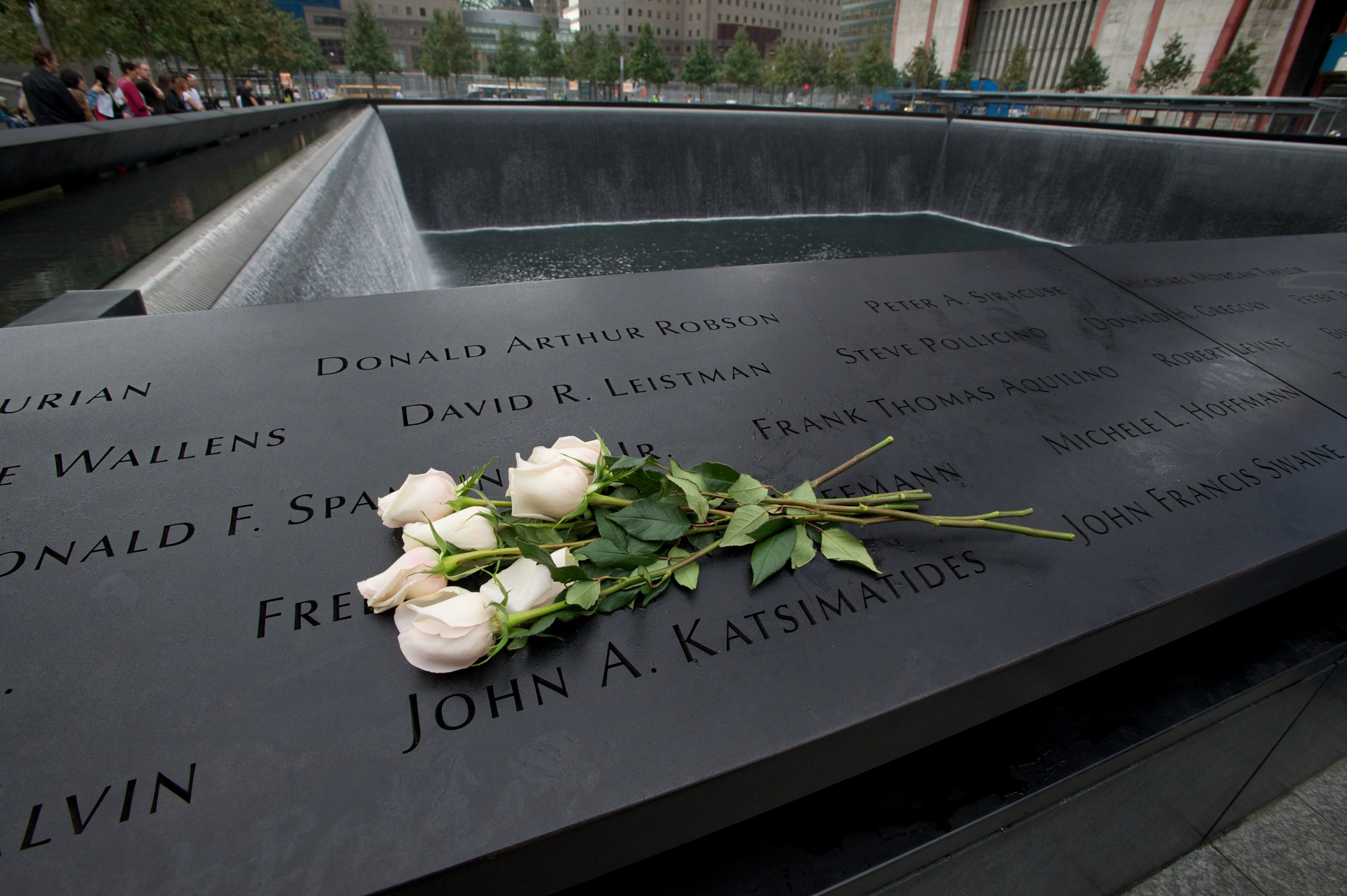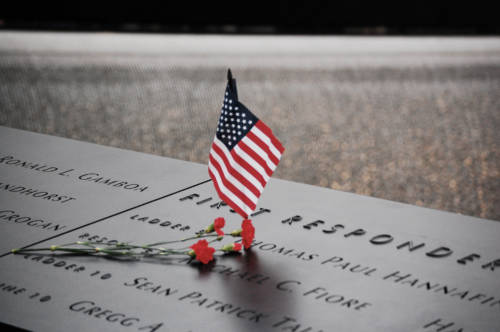On September 11, Flowers Are An Enduring Symbol of Hope
On September 11, 2011– exactly 10 years after the Terror Attacks of September 11, 2001– I attended a vigil at the University of Virginia hosted by a survivor of that day’s unthinkable tragedy.
I was 21 years old at the time, having been 11 years old when two planes crashed into the Twin Towers in New York City, and at the time I knew little of the personal loss that most people of this man’s age and social status had felt one decade prior. Our speaker that night was a Professor who was working in the second tower when the first attack happened, and it wasn’t until listening to him speak that I realized I didn’t know anyone who had lived in the New York City at the time of the attacks, and his was the first “first-hand story” I’d ever heard about what it truly meant to lose something– in this man’s case: his friends, his colleagues, and his partner of 30 years, all whom died in the attacks.
A year later, when I moved to New York and saw the Freedom Tower and the September 11 Memorial in person, I was immediately struck by a simple gesture that I noticed where the Twin Towers once stood. Throughout the memorial, people had slipped roses into the marble engravings that bear the names of its victims.
Flowers have come to symbolize many different things for many different people— the Language of Flowers tells us that the red poppy is the official flower of consolation, that rosemary is a symbol of remembrance, and that white heather is synonymous with protection— but when it comes to mourning and that truly ineffable sense of loss, the idea that flowers can bring a sense of peace is a beautiful, heartwarming gesture.
We honor unthinkable loss by continuing to believe in beauty.
“The fact that people still leave flowers at the sight of a tragedy speaks to our very human capacity for empathy: despite our unfathomable loss, hope prevails.”
Humans are biologically coded to respond positively to plants— the ability to do so is coded into our DNA– but the fact that we also offer flowers in a climate of tragedy remains an enduring gesture of hope. It teaches those who witness this kind of thoughtfulness to continue to believe in love. How can miracles like the blossoming of a rose exist, after all, if the world were not a beautiful place? A flower’s very existence teaches us that life and its beauty endures. The world keeps moving even in the face of sadness; the flowers blossom every spring, and the sun always rises, even from the darkest night.
To this day, when one visits the Freedom Tower in New York City, one is apt to see dozens of flowers dotting the 9/11 Memorial, no matter what the season or time of year. People tuck rose stems and poppy blooms into the folds of the immortalized metal, canonizing the lives of people most of us have never met like sprigs of hope blooming from the ether. The significance of this gesture is immense.
The fact that people leave flowers at the sight of a tragedy speaks to our very human capacity for empathy: despite our unfathomable loss, hope prevails. Beauty endures, and can be used as a conduit for peace and reconciliation. We will not forget the events of 9/11, but the inclusion of flowers in the memorial is just one of several ways that visitors show respect while simultaneously demonstrating their desire for a better world.
It’s a tiny gesture that underscores an enduring philosophy: in matters of Love and war, Love always wins. This is not a platitude or an empty cliché; it is a fact of the human experience. Beauty triumphs, because it lives within us, nestled within our being like the petal-sheathed bud of a rose. Faith, humility, gratitude, and family persist and are worth fighting for—and flowers remind us of this alienable truth with their own enduring beauty. Every day, on September 11 and otherwise, this an idea worth remembering. Flowers continue to bloom, our yearning for peace prevails, and even in our darkest moments, hope for a better tomorrow remains.




































